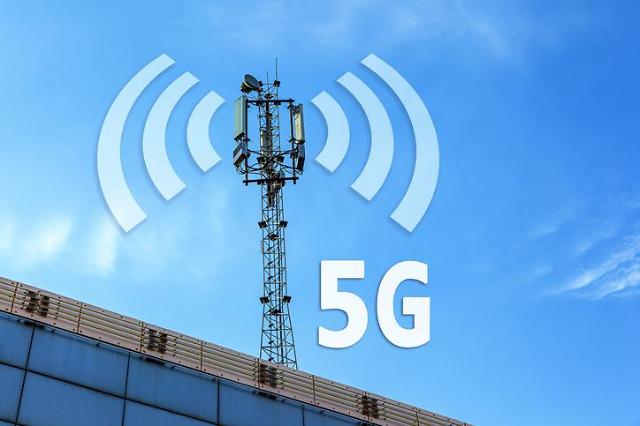
[Gettyimages Bank]
For a true 5G ecosystem, technologies such as beamforming and massive MIMO are critical for increasing spectral efficiencies and providing cost-effective, reliable coverage. Beamforming focuses power to desired users to form beams, expand coverage and increase speed. MIMO uses antennas at each end of the communications circuit. Massive MIMO is a system with a high number of antennas that makes it far more resistant to interference and intentional jamming than standard MIMO networks which use two or four antennas.
The 5G era needs Massive MIMO’s ability to serve multiple users simultaneously in a condensed area while maintaining fast data rates and consistent performance. Samsung said in a statement on February 25 that it has conducted a field trial in its own testbed using its massive MIMO radio and Mobility Enhancer technology, gaining a throughput improvement of up to 30 percent experienced by a walking user.
Mobility Enhancer will enable its Massive MIMO radio to improve the accuracy of beamforming towards a moving user for maximized 5G experiences, Samsung said, adding that users can experience boosted performance while they are walking on a street. "Our goal is to deliver the finest network solutions to mobile operators of all kinds, enabling them to provide their customers with the highest quality, most immersive mobile experience possible," said Samsung's advanced system design lab head Park Jeong-ho.
Samsung said it would Mobility Enhancer to Massive MIMO radios through a software upgrade offered in the global market this year. The company has delivered 5G end-to-end solutions ranging from chipset, radio, and core to cloud platforms.
Copyright ⓒ Aju Press All rights reserved.



